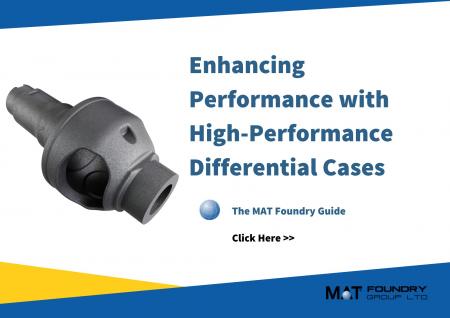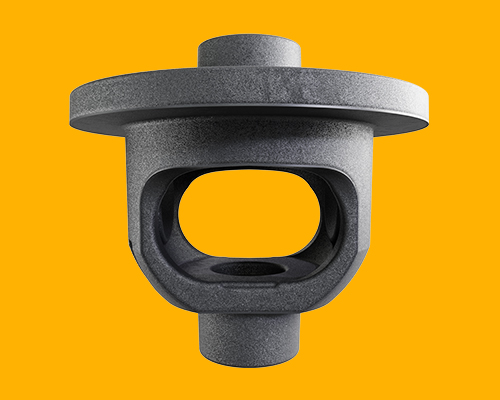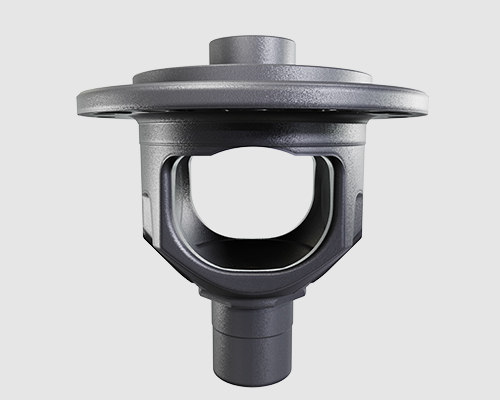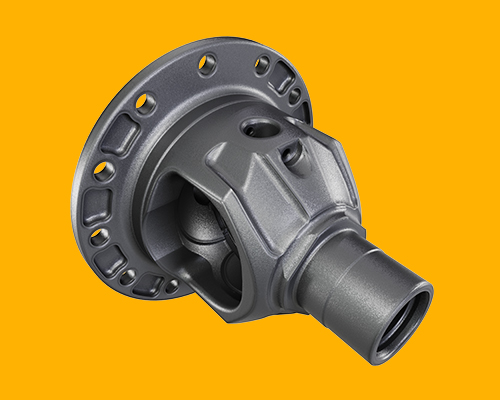The Role of Differential Cases in Drift Racing
30th July 2024
Drift racing is a thrilling motorsport that combines speed, precision, and a unique driving technique.
While the skill of the driver is the biggest factor, the machinery behind the scenes plays an equally crucial role. One of the most important components in a drift car is the differential case. Here, we’ll explore the role of differential cases in drift racing, their impact on performance, and why they’re indispensable for achieving those perfect slides.
Understanding the Differential Case
The differential case is a key part of a car’s drivetrain. It allows the wheels to rotate at different speeds, especially when the vehicle is turning.
In a turn, the outside wheel needs to cover more distance than the inside wheel, and the differential makes this possible without causing undue stress on the tyres or the drivetrain.
In drift racing, the dynamics are different. The objective is to slide the car sideways, often at high speeds, while maintaining control and direction (think motorcycle speedway on four wheels.) This “four-wheel drift” requires a different approach to how the power is distributed to the wheels.
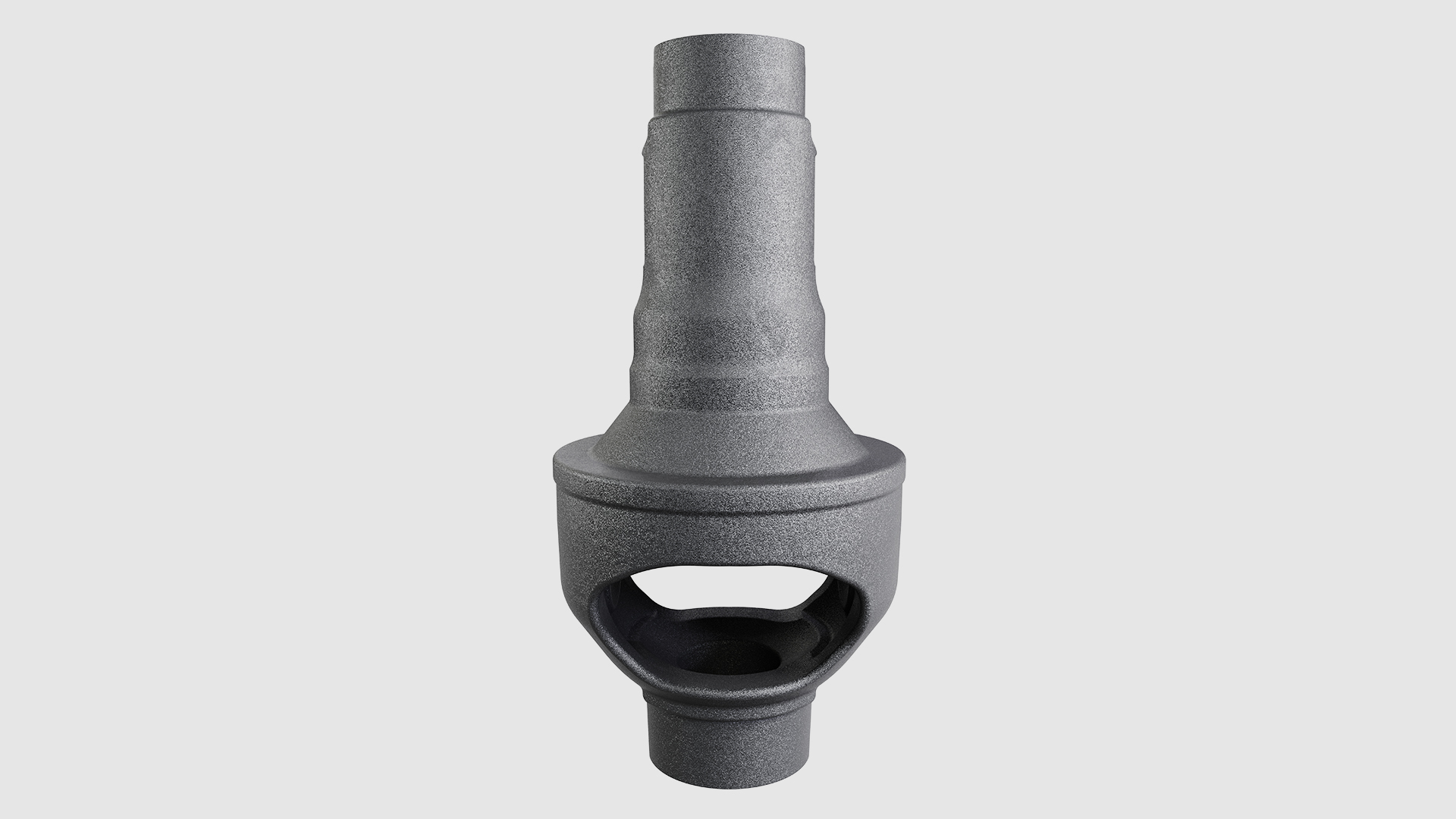
Types of Differentials in Drift Racing
There are several types of differentials used in drift racing, each offering different benefits…
Open Differential: Common in many production cars, an open differential allows the wheels to spin at different speeds but can lead to a loss of traction during drifting as power is not evenly distributed.
Limited Slip Differential (LSD): LSDs are popular in drift racing because they provide a balance between control and power distribution. They allow some difference in wheel speed but limit how much, which helps maintain traction during a drift.
Welded Differential: Often used by amateur drifters, a welded differential locks the two wheels together, forcing them to rotate at the same speed. This can make the car harder to handle but ensures consistent power delivery to both wheels.
Electronic Differential: Advanced drift cars may use electronically controlled differentials that adjust the power distribution dynamically based on the driving conditions. These offer the best of both worlds but are more complex and expensive.
Why Differential Cases Matter
The differential case houses the differential and is crucial for protecting its internal components. In drift racing, where the car undergoes extreme stress and high G-force, the differential case must be strong and reliable. Here’s why…
Heat Dissipation: Drifting generates heat due to the constant sliding and power distribution. A good differential case helps dissipate heat, preventing overheating and potential failure.
Strength and Durability: The forces exerted on a drift car’s drivetrain are huge. The diff case must be strong enough to withstand these forces without deforming or cracking. Materials like high-strength steel or aluminium are commonly used for their durability and light weight.
Precision Engineering: A well-engineered differential case ensures the gears inside the differential mesh correctly and operate smoothly. Any misalignment can lead to increased wear and tear, reducing lifespan.
Upgrading the Differential Case
For those serious about drift racing, upgrading the differential case is a common modification. High-performance differential cases offer several advantages…
Increased Rigidity: Upgraded cases are often more rigid, reducing flex under load and ensuring consistent performance.
Better Cooling: Many aftermarket differential cases come with improved cooling features, such as fins or additional cooling channels, to help manage the heat generated during drifting.
Lightweight Construction: Reducing the weight of the differential case can improve the overall balance of the car, making it more responsive and easier to control during a drift.
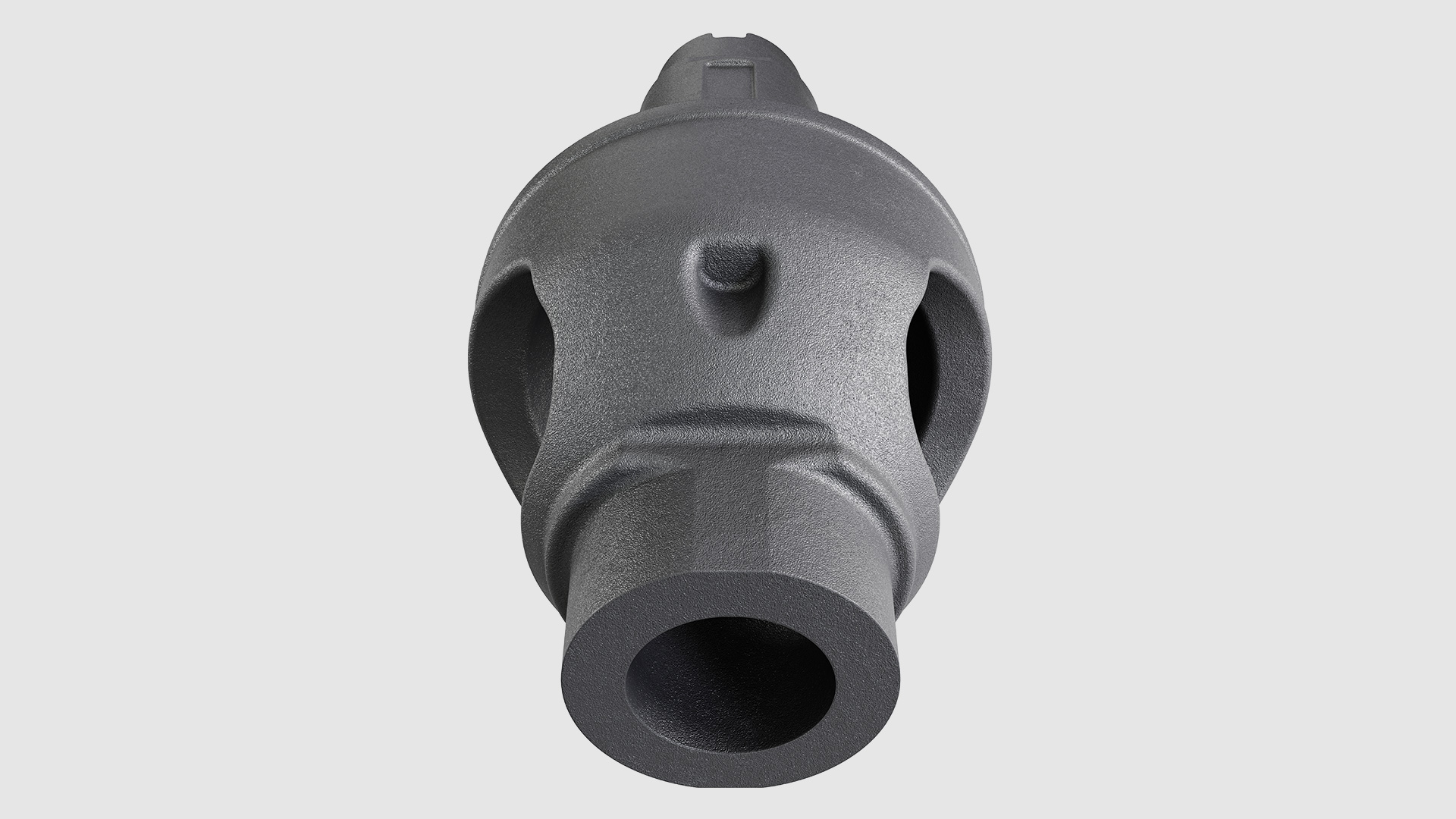
The Impact on Drifting Performance
The choice of differential and differential case has a significant impact on drifting performance. Here’s how…
Control and Stability: A well-matched differential setup provides better control over the car’s sliding motion, allowing the driver to maintain stability while executing complex drifts.
Power Distribution: Ensuring that power is effectively distributed to the wheels is crucial for maintaining momentum and avoiding loss of traction. This is particularly important in competitive drifting.
Durability: Drift racing is hard on vehicles. A strong differential case ensures the drivetrain components remain intact, reducing the risk of mechanical failure during a race.
The differential case, often overlooked, is a vital part of the drivetrain ensuring power is efficiently and reliably distributed to the wheels. By understanding and upgrading this crucial component, drifters can enhance their performance, maintain control, and push the limits of what their cars can do on the track.
Whether you’re an amateur drifter or a seasoned pro, investing in a quality differential case is a step towards better performance and more exhilarating drifts. So next time you see a car gracefully sliding around a corner, remember the unsung hero – the differential case!


